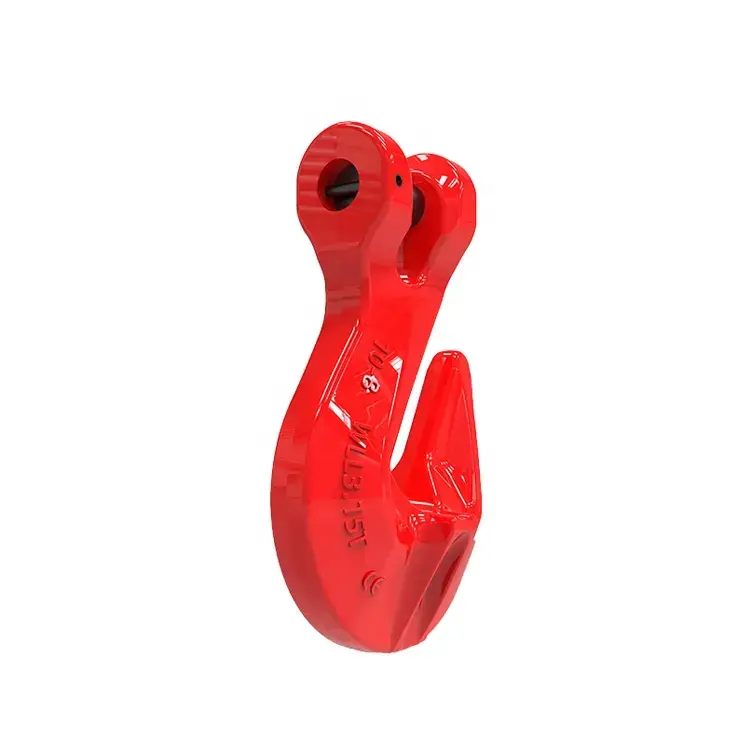News
nov . 27, 2024 10:04 Back to list
Exploring the Range of Bow Shackles for Heavy-Duty Applications and Reliable Performance
Understanding Bow Shackles A Comprehensive Guide to Products and Applications
Bow shackles are an essential component in various industries, frequently utilized in lifting, rigging, and towing applications due to their superior strength and reliability. These versatile devices, known for their distinctive U-shape and pin closure system, are found in a multitude of settings including construction, marine, and aerospace sectors. In this article, we will explore bow shackles, their various products, material compositions, and application methods.
What is a Bow Shackle?
A bow shackle, also referred to as a “bow shackle” or “U-shackle,” features a rounded design that allows for a multi-directional load. Unlike straight or D-shackles, bow shackles provide a broader bearing surface, which reduces the risk of deformation under load. This design is particularly advantageous because it enables the shackle to use its strength efficiently across different angles, making it ideal for complex rigging configurations.
Types and Materials of Bow Shackles
Bow shackles come in various sizes and materials, each tailored for specific applications. The most common materials used include
1. Stainless Steel Renowned for its corrosion resistance, stainless steel bow shackles are ideal for marine environments and situations where exposure to moisture is a concern.
2. Carbon Steel These shackles generally offer superior strength and are often coated with protective finishes to enhance durability. They are widely utilized in construction and heavy machinery.
3. Alloy Steel Alloy steel shackles are engineered for higher load capacities and are commonly used in demanding applications like lifting heavy equipment and machinery.
Bow shackles can also be categorized by their working load limit (WLL), which is a critical specification indicating the maximum load that the shackle can safely carry. Choosing the right WLL for the specific application is crucial to ensure safety and efficiency in operations.
bow shackles products

Applications of Bow Shackles
1. Marine Applications In the maritime industry, bow shackles are frequently used for towing operations, securing moorings, and connecting various rigging systems on boats and ships.
2. Construction and Heavy Lifting In construction, bow shackles are often utilized to connect cables, chains, and other lifting equipment, providing robust support for heavy loads during construction and demolition.
3. Aerospace and Military In aerospace and military applications, bow shackles are employed for cargo securing and lifting operations, where strength and reliability are paramount.
4. Recreational Activities Activities like rock climbing, off-roading, and industrial climbing often involve bow shackles to ensure safety and stability in various rigging scenarios.
Safety Considerations
When using bow shackles, safety is of utmost importance. It is essential to inspect shackles regularly for signs of wear, deformation, or corrosion. Operators should ensure that the pins are secured properly and that the shackle is used in accordance with its WLL. Additionally, bow shackles should not be overloaded, as this can lead to catastrophic failure and potential injury.
Conclusion
Bow shackles are indispensable tools in various industries, offering flexibility, strength, and versatility in lifting and rigging applications. Understanding the types, materials, and appropriate safety practices surrounding bow shackles can significantly enhance operational efficiency and safety. Whether you’re involved in marine operations, construction, or recreational activities, investing in high-quality bow shackles tailored to your specific needs is crucial for success. Always prioritize safety and ensure that you are well-informed about the limitations and capabilities of the shackles you use. With the right knowledge and precautions, bow shackles can be an invaluable asset in improving your lifting and rigging workflow.
